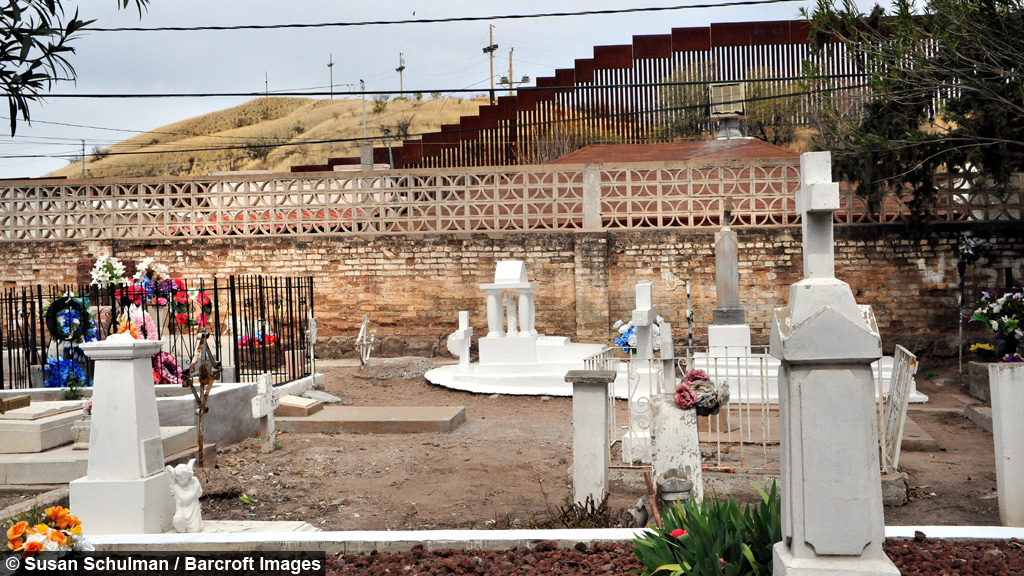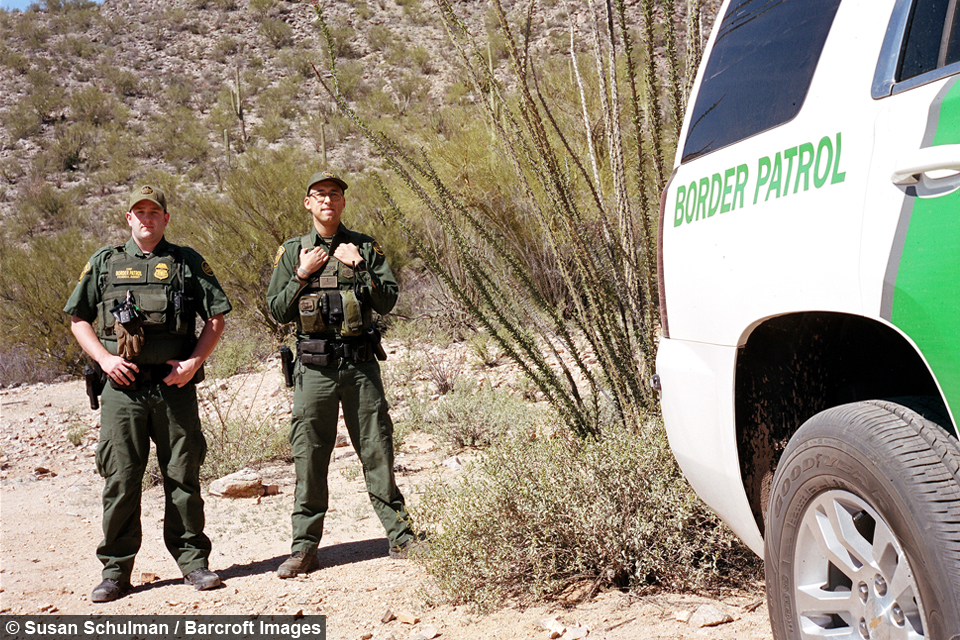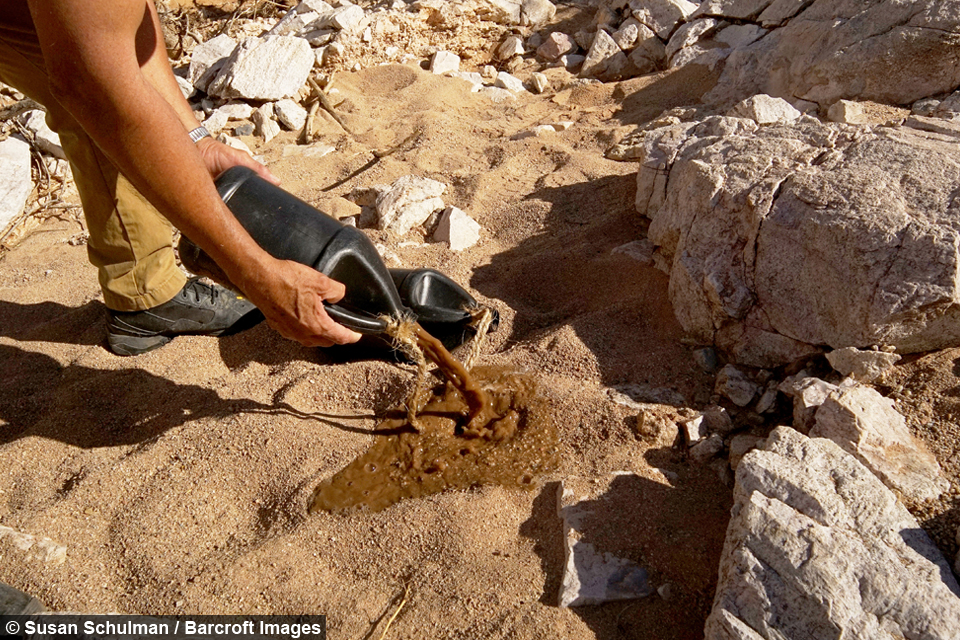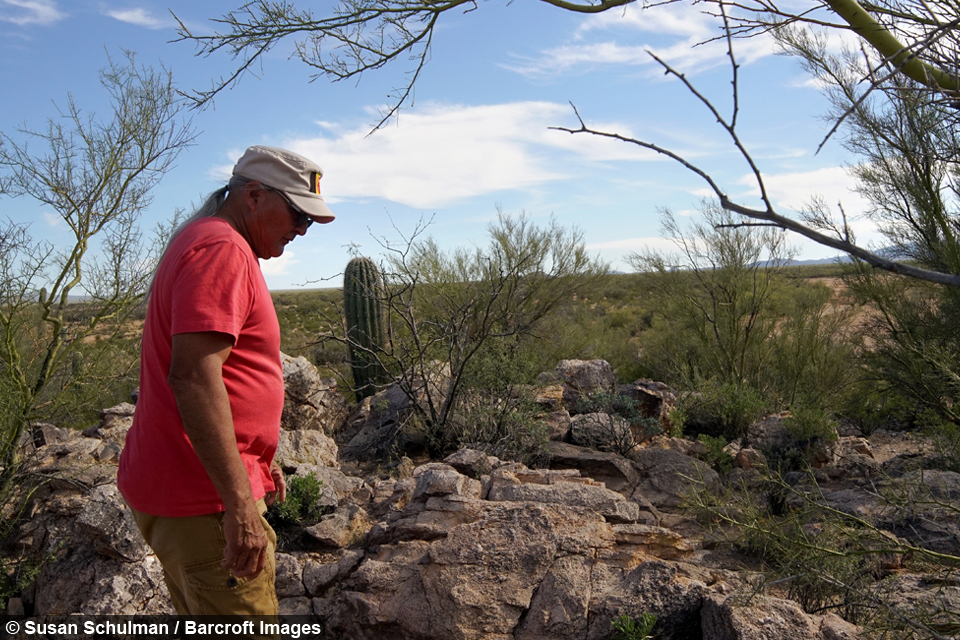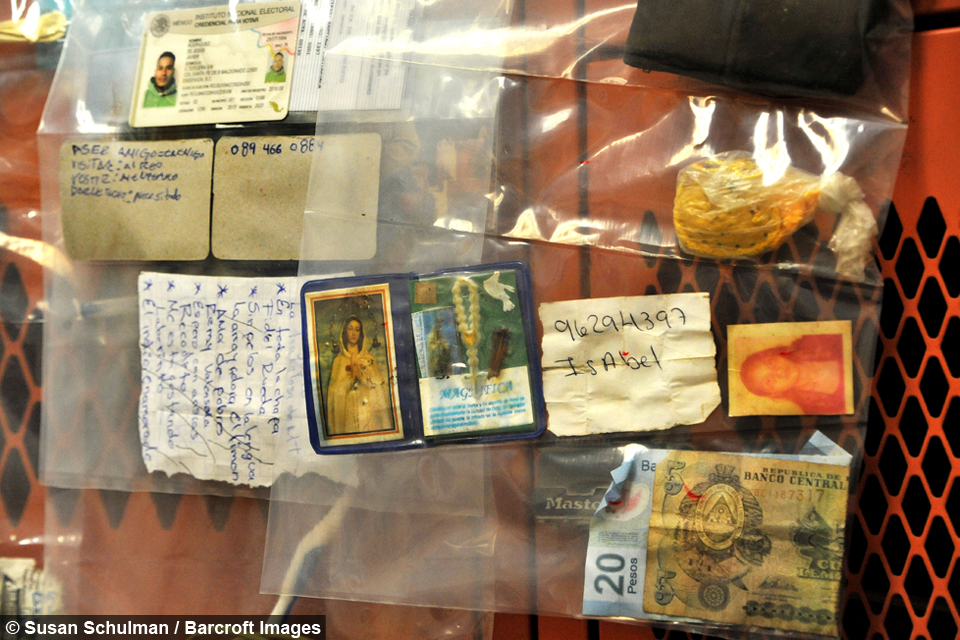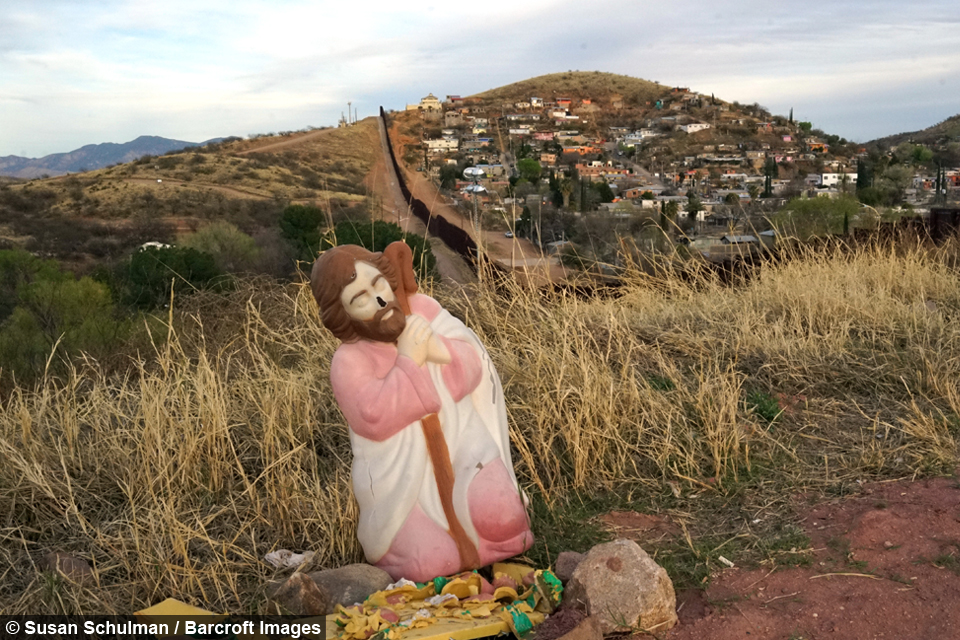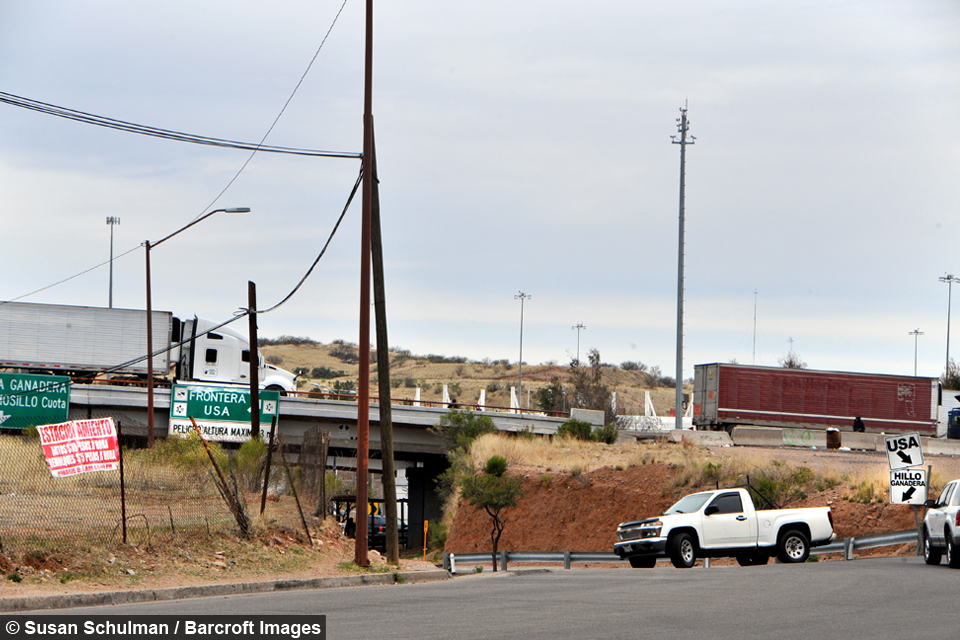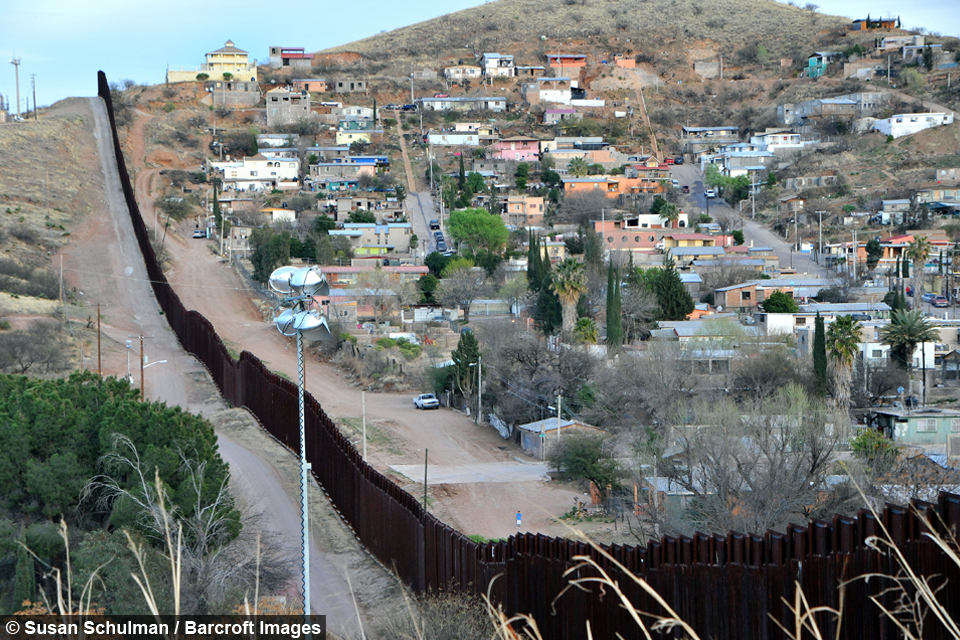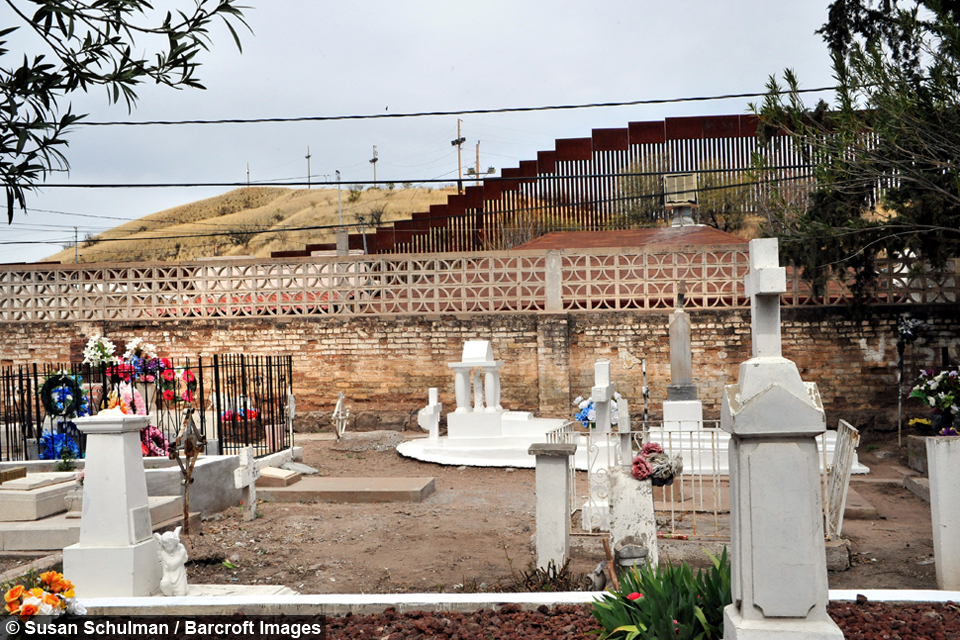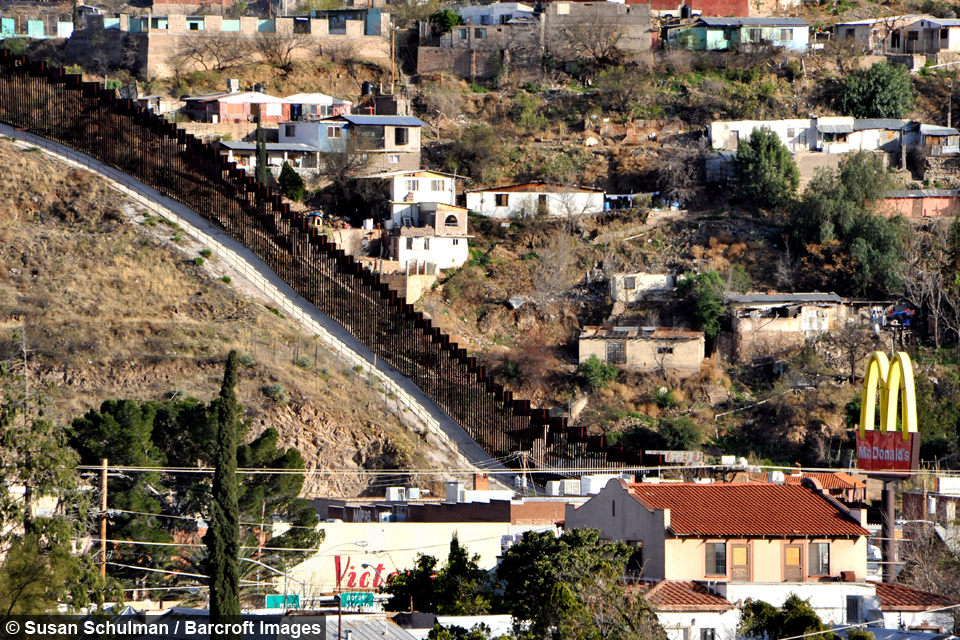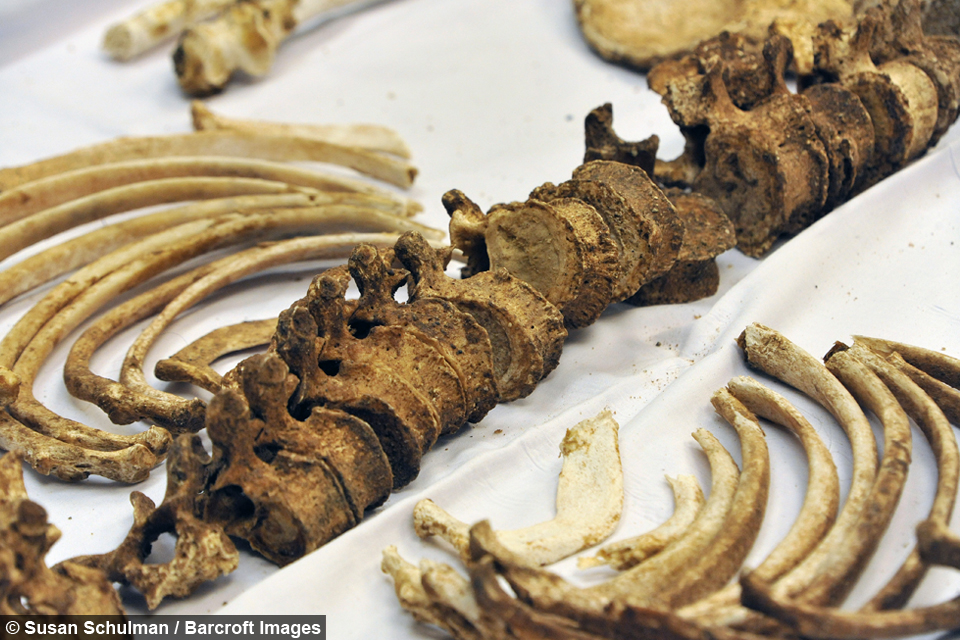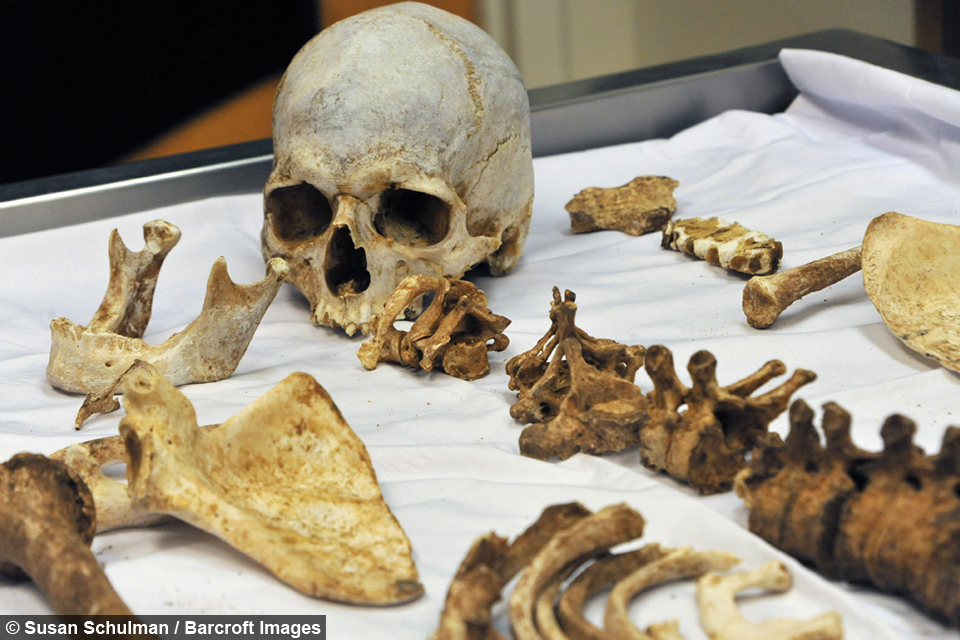Death voyage: Mexican migrants risk their lives to reach America
By Bunmi Adigun @Bunmi_Adigun
Scroll down for the full story
In 2016 alone the bodies of 156 Mexican migrants were found in the vast Sonoran desert, which separates Arizona and the Mexican state of Sonora.
This figure only represents the corpses that were actually found by officials and diligent locals with many assuming the number to be a lot higher.
Photographer and freelance journalist, Susan Schulman, documented the efforts made by people in the area to find these corpses and what is being done to give closure to relatives waiting to find out the fate of their loved ones.
Susan said: “Between 2001 and 2016, 2,620 recovered remains of suspected border crossers were examined by the Pima County office of the medical examiner. For the families of the 900 which remain unidentified, life’s an endless purgatory in which hope vies with despair.
“For the families of the 850 whose remains have been disposed of, the purgatory will be permanent. They will die not knowing.”
During her investigation into the recovery of the migrant corpses, Susan ran into David Garcia a local who has dedicated his life since to recovering the remains and belongings of the dead, since 2008.
A member of the indigenous Tohono O’odham Nation, the tribe’s land is at the centre of the migrant crisis as it’s located within the desert where many of the bodies are recovered.
Speaking on his motivation to help locate the bodies for authorities, David said: “You have blood on your hands when you know people are dying on the reservation, on our sacred land.”
After the bodies are recovered they are sent to Pima County medical examiner’s office to be catalogued along with the belongings and any form of ID in which the search to locate family members on the other side of the border begins.
Susan spoke with the county’s medical examiner, Dr Greg Hess, to find out what goes into locating the relatives of the deceased as many carry fake documents with them, during the arduous six day journey through the unforgiving desert.
He said: “We want to get answers for the family. We try to ensure people get the necessary documents and can have a funeral.
“If they are in good condition - ‘fully fleshed’ - we can tell a lot about them. If they are fully fleshed, we assume that they were found within a day or two of dying. We collect all the info, make a profile and try to marry it with the missing persons reports.”
However identifying the decomposing bodies is made all the more difficult as temperatures in the desert regularly reach more than 40C even in the winter months.
“Seventy percent of presumed undocumented migrants arrive decomposed,” Dr Hess added.
With the journey fraught with so many dangers from harsh climates to the violent drug cartels who control the illegal passage into America, it’s difficult to understand why thousands of migrants risk it.
Many of the people who risk their lives to reach what they deem to be the promise land often spend their life savings on securing passage into America with the help of Coyates, a name given to human smugglers who operate along the Mexico-US border.
Coyotes often take advantage of migrants with acts of rape, theft and murder a common occurrence during the journey across the desert.
During the early 1990’s sneaking across the border was relatively easy, however this changed due in part to the North American Free Traded Agreement (NAFTA), which flooded Mexico with subsidised crops which in turn devastated the Mexican farming economy leaving many farmers without a means to provide for their families.
In the search of work many were forced to look across the border which was becoming increasingly more difficult to cross as border security began to fortify it.
With such an influx of migrants into the US and a high demand to cross over many cartels took advantage however the risk was worth taking for the ones lucky enough to make it to America.
Tomasa Mendoza Antonio, 45 a single mother of four crossed the desert in 2000 and has been working as a cleaner in the States ever since as well as sending money back to her children.
She said: “Everything I have, I owe to the US. Because of the US I was able to feed and educate my children.”
“The need to help my children and make sure they are eating is more important than anything. That’s what a mother does for her kids.” She added.
